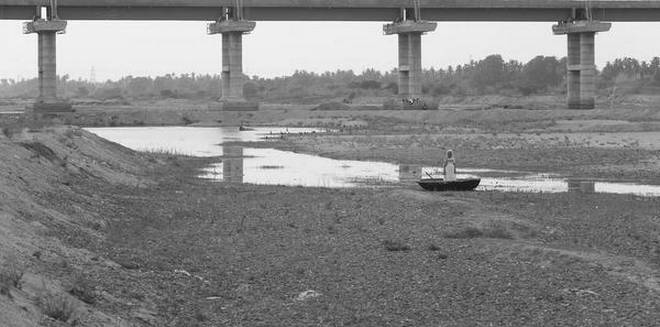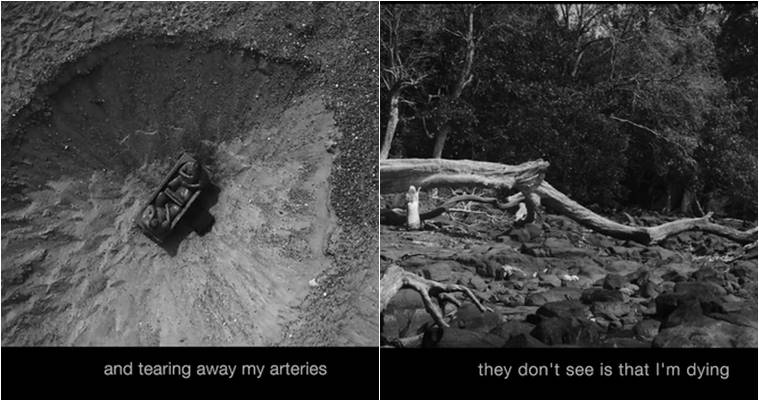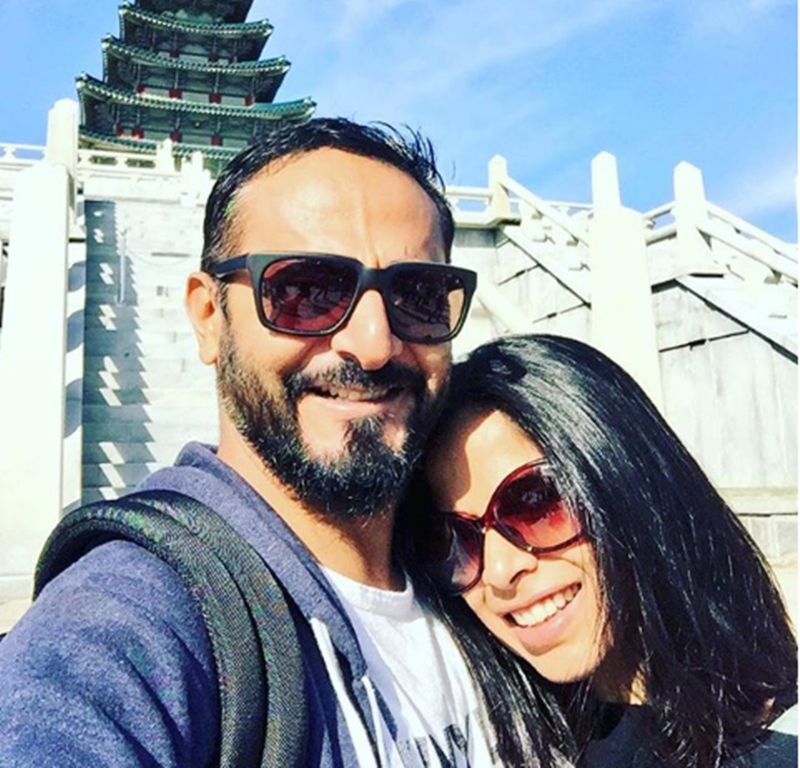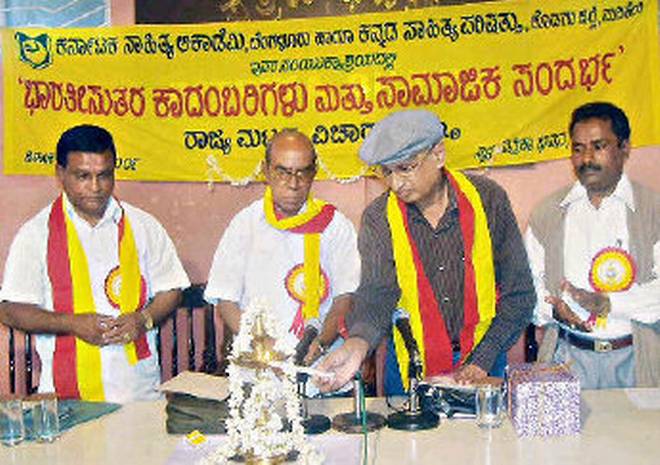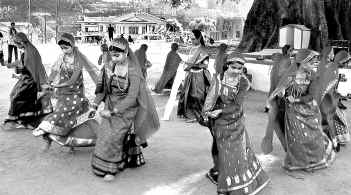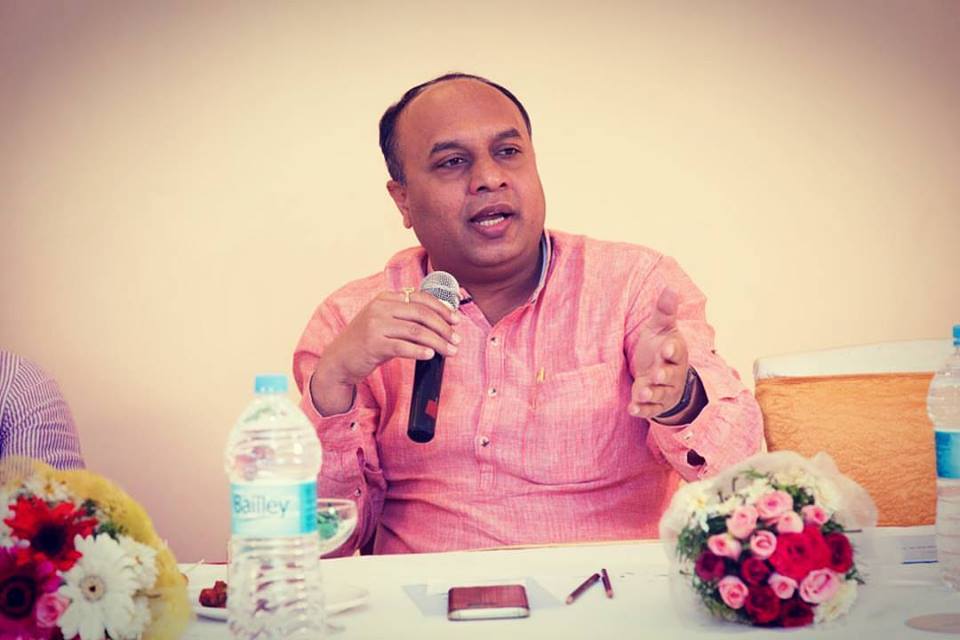
The Supreme Court delivered its historic verdict on Friday that the state of Karnataka will get 14.75 TMC or thousand million cubic feet more water, in addition to the 270 TMC awarded by the Cauvery Water Disputes Tribunal (CWDT) in 2007. The Cauvery water sharing dispute has been a bone of contention between Karnataka and Tamil Nadu since the time of the British Raj.
This verdict is a clear victory for the poll bound Karnataka. However, Karnataka’s victory is mainly credited to Brijesh Kalappa who quit his cabinet rank post for the case.
Brijesh Kalappa is an advocate in the Supreme Court and Former Additional Advocate General, Haryana. He is an alumnus of the National Law School of India University and has also been a Legal Advisor to the Government of Karnataka (with the rank of Minister of State.) He has a sustained interest in public affairs even from his student years. He is a former journalist and has a wide range of interests including reading and travelling. On the professional front, he has worked with several legal luminaries on subjects of importance in civil, criminal, water and electoral laws and has individually represented governments, eminent individuals and major industrial houses. He is gifted with the prowess for distinctive sharp-edged analysis and has the advantage of surmounting well accepted beliefs by his inquiring nature. He is also the spokesperson of the Indian National Congress.
As a Legal Adviser, Kalappa could not appear on behalf of the State of Karnataka. The Cauvery Water Dispute had been very close to his heart, more so since he hailed from Kodagu. Thus he expressed his desire to re-join legal practice in order to continue to appear for the State of Karnataka when the prospect of the final hearing in the Cauvery Dispute before the Supreme Court loomed. The Chief Minister Siddaramaiah understood its significance, since he belonged to the basin area of the Cauvery River and thereby consented. Kalappa therefore resigned from the position of Legal Adviser to the Government of Karnataka/Chief Minister and re-entered the legal team that he was a part of for a decade and a half.
Kalappa had written a detailed post sharing his experience of appearing in the Cauvery case
In this interview, Kalappa has an exclusive chat with The Indian Jurist regarding the latest victory of Karnataka in Cauvery River dispute and his all over experience throughout the case.
The Indian Jurist: Sir, First of all Congratulations for the victory in the Cauvery Judgment. To begin with- you quit your position as the cabinet minister to concentrate on this case. So what exactly gave you the courage and the motivation to do so?
Brijesh Kalappa: In 2007, when the Cauvery Water Dispute Tribunal award has come, at that time I was very much a lawyer and then I had also prepared the SLP and had worked in regard to the Cauvery case. From 2007 onwards we kept waiting that the Supreme Court will hear the matter and finally when the Supreme Court actually decided to hear the matter on a day-to-day basis in 2017, ten years later, I had been by then appointed as legal advisor to the Chief Minister of Karnataka and Mr.Siddaramaiah was kind enough to have conferred me the rank of minister so at that time my first instinct was that we should succeed in Cauvery just like we had succeeded in Krishna earlier. I was the Advocate on Record for the State of Karnataka in the Krishna Water Disputes, where Karnataka was the beneficiary of the greatest possible award of 524.256 m for the Almatti Dam and enhanced share of the share of Karnataka from 734 to 910 Tmc.
TIJ: Though there has been a reduction in the share of Tamil Nadu but now Karnataka is obligated to release a monthly share. So this in turn does benefit Tamil Nadu and is not complete loss for the state?
BK: No, certainly it is not a loss for Tamil Nadu and I would actually look at it this way that as far as Tamil Nadu is concerned, it is important only if they have a workable order- doesn’t matter if they receive 500 TMC from Karnataka every year. But if Karnataka has refused to give them 500Tmc and they are running to Court every year then what is the joy of having an order like that. It should be a workable order. If it doesn’t work then there is no point. Tamil Nadu will also not enjoy the sweet success of having an order which isn’t going to be implemented. The thing which is important is to have something which is implementable.
TIJ: In one of the media interactions with the reporters at Vidhan Soudha, Karnataka Chief Minister Mr.Siddaramaiah stated that the verdict was not in full accordance with the plea and only some relief had been sought. So are you satisfied with the judgment?
BK: As far as the complete requirements are concerned they are certainly not fulfilled. One can see straight off that Karnataka people could have had much more. But I think there has to be a sense of give and take. We also have a sense that this is final because after the Supreme Court where else can you appeal? You can only go to God next.
TIJ: The major grouse of Karnataka was that the farmers in the Cauvery basin were restricted by curbs on the water usage. So how far this judgment would be beneficial for the farmers now?
BK: The victory is straightaway for farmers. About a lakh and half farmers are going to be benefitted straightaway and as far as the Bengaluru city is concerned, I think the needs of Bengaluru city, which was considered as of the most unlivable city after Cape Town (South Africa), that will finally be resolved.
TIJ: So how has been your experience throughout the entire case these years? You might have been receiving both brickbats and bouquets as well in the case?
BK: See, when you appear in a case like this, a daily assessment is made about your performance. The Cauvery Case is not about the final order, like as if it were to happen in a single day, For instance whenever there is distress, fate is ours to release say maybe 15 cu ft or 20 cu ft of water, many people don’t understand the outcome or implications of this, they would immediately say that the legal team have totally failed us and then there will be burning of effigies and people sending us very vicious WhatsApp messages and people making very horrible comments and mainly these people have lived of the state for so long but what they forget that this is an ongoing case and it is going on, at least as far as I am concerned, for a decade and a half. Suppose they say look Rs 1 Crore has been given to “X” lawyer then public says ‘look at this lawyer they have received such a huge amount’. But 1 Crore rupees over 15 years is nothing or 2 crore rupees a year means nothing because once you are living in Delhi, the living standards are very high there and how much a lawyer earns is very high. So in comparison to all of that what you are actually earning is probably less than a techie who is working in a top software firm. But people will say, “No-No Look at the kind of money these guys are making”. So this is the kind of campaign which really hurts you. But the overall point is that there must be satisfaction in what you do and satisfaction comes from within. So once you understand that this all blaming is just people’s frustration then you are okay with it. Even the normal client, when fails to get justice, he will always blame the lawyer and he will not say anything against the judge or anyone else. So we think of it in that sense. I have personally received both brickbats and bouquets during these years. I have endeavored to treat both with equanimity. This is actually what Lord Buddha says. There is much more to do, miles to go before we sleep. Threats to our environment ought to be thwarted, greater concern for water usage implemented and selfish concerns repelled.
TIJ: So finally this landmark judgment has held that a river is no one’s exclusive property; it is a national property and not a state owned. Will this judgment become a basis for all the other water disputes as well?
BK: This is indeed a wonderful law which has been laid down by the Supreme Court because the previous law had always been laid down under a reference for under such circumstances. So this is a particular law in regard to equitable apportionment which has been now laid down and it’s of course a high point as far as the law in regard to equitable apportionment is concerned. And further, everybody will certainly look at this judgment for all times to come.
source: http://www.theindianjurist.com / The Indian Jurist / Home / by Naazish Fatima / February 19th, 2018
